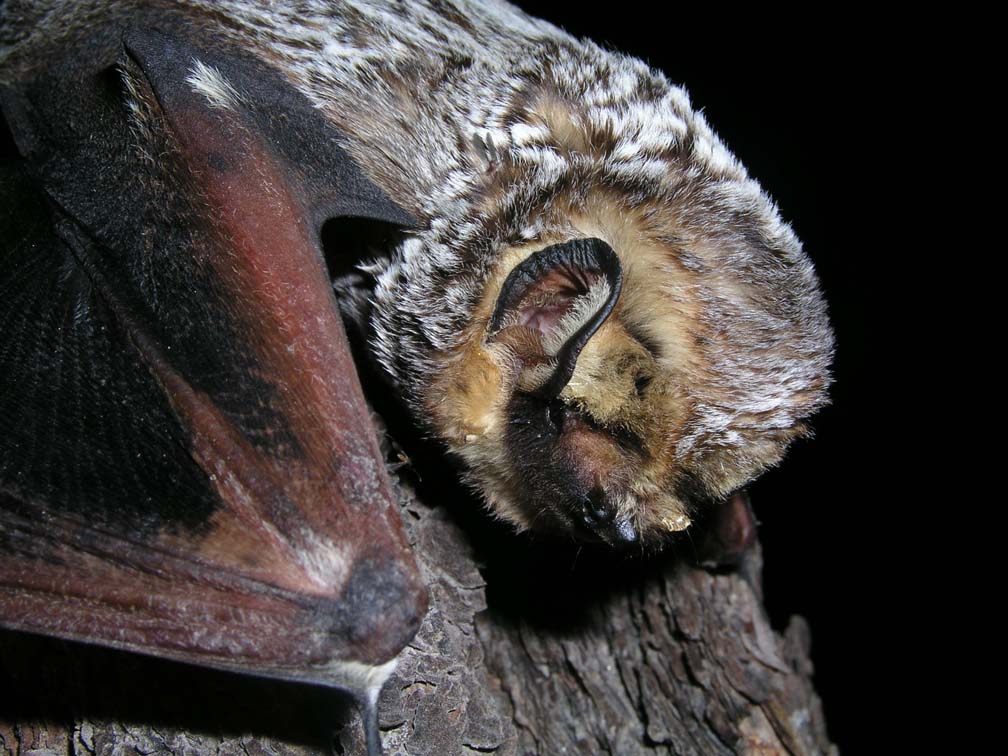Bat aid: Feds develop tool to predict activity at wind farms


The software, developed by the Pacific Southwest Research Station, uses data about changes in weather conditions, such as the direction of wind currents, to predict and visualize how changes might increase or decrease the chances of bat activity near turbines.
The idea is that wind technology operators might be able to adjust the turbine speeds to decrease the chances of bat fatalities or mishaps, according to federal researchers.
The tool correlates data about bat echolocation calls with historical data about weather conditions. The combined data produces graphs that wind operators can use to adjust turbine operations. That information has helped researchers predict bat presence during those conditions. The study was conducted at the wind energy facility in the San Gorgonio Pass Wind Resource Area new Palm Springs, Calif.
Said Ted Weller, the researcher and ecologist who led the study upon with the tool is based:
"Increasing the wind speed at which turbines begin to spin and produce energy to the grid has proven to be an effective way to reduce bat fatalities. However bat activity levels depend on more than just wind speed. Our work demonstrates the use of a decision-making tool that could protect bats when fatality risk is highest while maximizing energy production on nights with a low chance of fatalities."
Now, if the feds could just convince more wind operators to make use of this data.